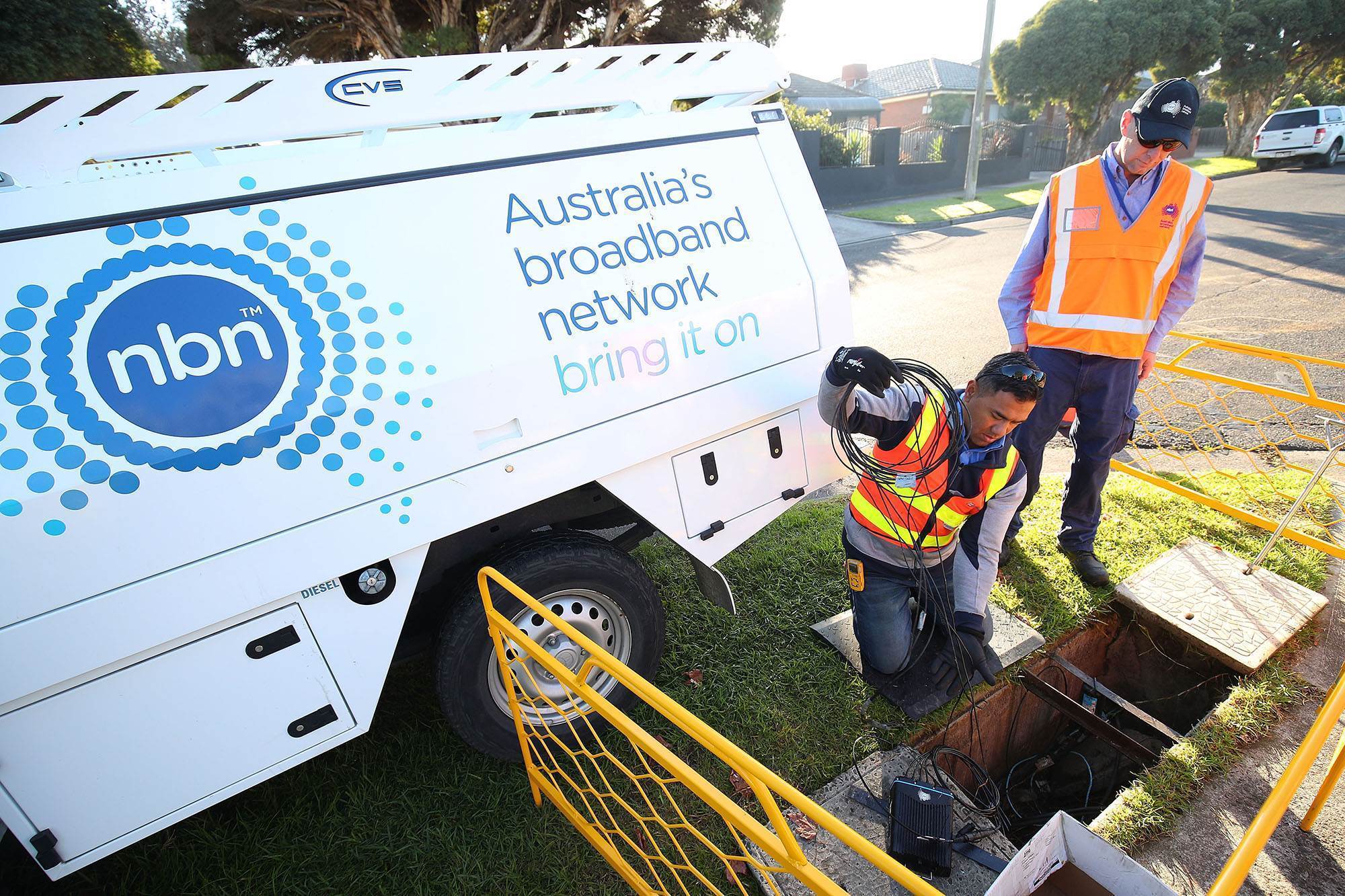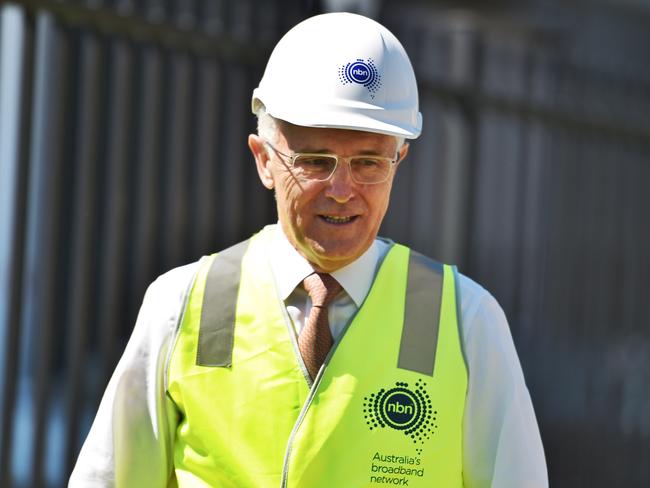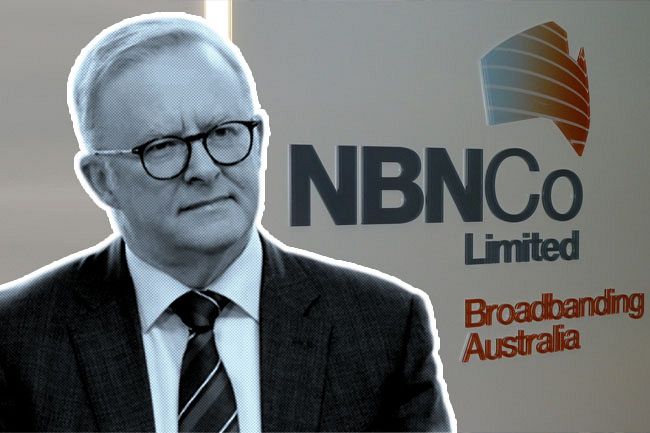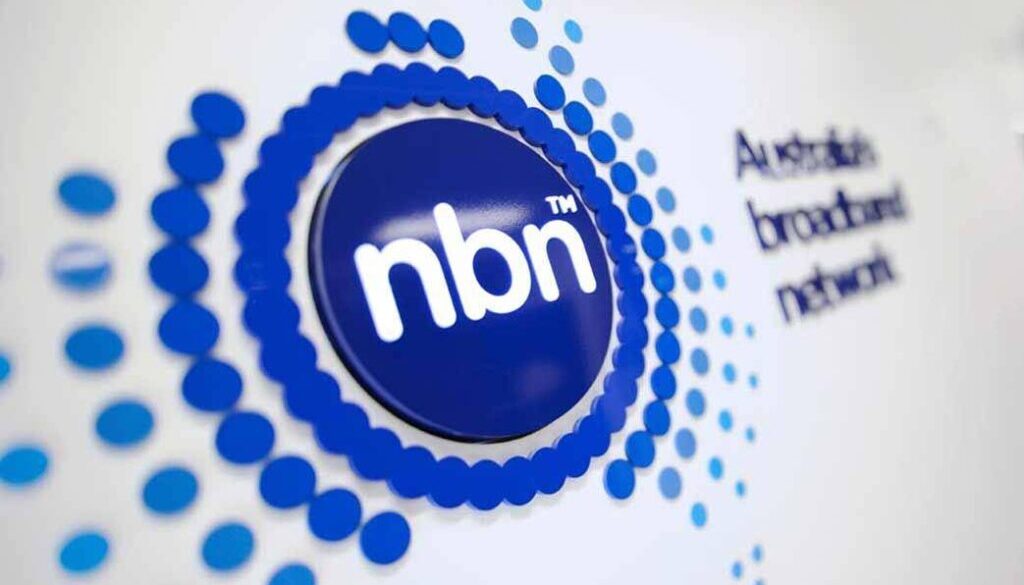The NBN in Australia: A Digital Dream or a Missed Opportunity?
The National Broadband Network (NBN) was launched over a decade ago with a bold vision: to transform Australia into a digitally connected powerhouse, bridging the gap between urban centres and remote regions. It promised high-speed internet for all, a backbone for economic growth, and a leap into the future of technology. Yet, as we sit in March 2025, opinions on its success are as divided as ever. Has the NBN delivered on its ambitious goals, or has it stumbled into a quagmire of political missteps and technical compromises? In this piece, we’ll explore the network’s achievements, its persistent challenges, the government decisions that shaped its path, and what lies ahead for this critical piece of Australian infrastructure.
The Positives Connecting a Nation
The NBN’s rollout has undeniably brought significant benefits to millions of Australians. One of its standout achievements is broader access to reliable internet, particularly in regional and remote areas. A decade ago, many rural households struggled with dial-up speeds or patchy mobile data—options that made streaming, remote work, or even basic browsing a frustrating ordeal. Today, the NBN has connected over 8 million premises, according to NBN Co’s latest reports, with fibre optic or hybrid technologies reaching places once left in the digital dark. For families in towns like Broken Hill or the far reaches of Tasmania, this means access to online education, health, and entertainment that was previously out of reach.
Another win is the boost to competition in the telecommunications market. With the NBN as a wholesale network, providers like Telstra, Optus, TPG, and smaller players like Aussie Broadband have entered the fray, offering plans tailored to different budgets and needs. This has driven down prices in some cases—entry-level plans now hover around $60-$70 AUD per month for 50 Mbps speeds, a marked improvement from the pre-NBN era of exorbitant costs for subpar service. Consumers benefit from this choice, whether they’re after basic browsing or ultra-fast downloads.
Businesses, too, have reaped rewards. Small enterprises, from cafes in regional Victoria to tech startups in suburban Brisbane, rely on the NBN for e-commerce, cloud services, and remote collaboration. A 2023 Deloitte study estimated that improved broadband access added $10 billion annually to Australia’s economy through productivity gains—a figure likely growing as hybrid work becomes the norm. For a nation as vast as Australia, this connectivity is a lifeline, enabling economic activity beyond the urban sprawl of Sydney and Melbourne.

The Struggles A Network Under Pressure
Despite these gains, the NBN’s shortcomings are impossible to ignore, and they’ve left many Australians frustrated. Inconsistent speeds remain a persistent headache, particularly outside metropolitan areas. NBN Co’s own data shows that while urban users on fibre-to-the-premises (FTTP) connections often hit advertised speeds of 100 Mbps or higher, those on fibre-to-the-node (FTTN) or hybrid fibre-coaxial (HFC) setups—especially in regional zones—frequently see evening slowdowns dipping below 20 Mbps. For remote workers relying on video calls or gamers battling lag, this variability undermines the promise of a seamless digital experience.
The decision to deploy a multi-technology mix (MTM) lies at the heart of these woes. Introduced in 2013 under the Coalition government, the MTM replaced the original Labor plan for universal FTTP with a patchwork of technologies: FTTP for some, FTTN for others, HFC for cable areas, and satellite or fixed wireless for the bush. While this sped up the rollout and cut initial costs, it created a digital divide. FTTP users enjoy gigabit potential, while FTTN households, dependent on aging copper lines, struggle with distances over 500 meters from the node—speeds drop sharply the further you are. A 2024 ACCC report highlighted that 30% of FTTN users couldn’t achieve 50 Mbps, a stark contrast to the near-100% reliability of FTTP.
Cost overruns have compounded these issues. The NBN was initially budgeted at $29.5 billion in 2009, with completion slated for 2016. By 2025, the price tag has ballooned to over $51 billion, with delays pushing the full rollout years beyond schedule. Critics argue this reflects poor planning and a failure to anticipate future demand—costs that taxpayers continue to shoulder, with little transparency on where the money’s gone. For a project meant to future-proof Australia, these struggles paint a picture of a network buckling under its own weight.
Government Decisions A Legacy of Missed Opportunities
The NBN’s journey has been a political rollercoaster, with government decisions shaping its triumphs and failures. Labor’s original 2009 plan was ambitious: FTTP for 93% of homes and businesses, delivering speeds up to 1 Gbps. It was a long-term vision to rival broadband leaders like South Korea or Singapore. But when the Coalition took power in 2013, they pivoted to the MTM, arguing it would save $20 billion and finish faster. Communications Minister Malcolm Turnbull championed the shift, claiming 25 Mbps was “more than enough” for most users—a prediction that aged poorly as streaming, gaming, and remote work exploded.

This pivot has had lasting consequences. While the MTM accelerated connections—reaching 4 million premises by 2016 compared to Labor’s 500,000—it sacrificed quality for speed. FTTN, which relies on existing copper, was cheaper to deploy but degrades over distance, leaving millions with subpar service. HFC, repurposed from old pay-TV cables, has capacity limits that choke under heavy use. By contrast, countries like New Zealand stuck with fibre-heavy rollouts, and today their average speeds outpace Australia’s—75 Mbps vs. our 50 Mbps, per Ookla’s 2024 rankings.
Recent moves suggest a course correction. In 2023, the Albanese government pledged $4.5 billion to upgrade 1.5 million FTTN premises to FTTP by 2027, acknowledging the MTM’s shortcomings. NBN Co also introduced gigabit plans, with speeds up to 1,000 Mbps now available in select areas for $150-$200 AUD monthly. Yet these fixes feel reactive—band-aids on a network that could’ve been world-class from the start. The question lingers: why didn’t we invest in fibre when we had the chance?
Critiquing Government Oversight
Government oversight—or lack thereof—deserves scrutiny. The shift to MTM was framed as pragmatic cost-cutting, but it’s proven a false economy. Upgrading copper-based connections to fibre now costs more than laying FTTP initially—NBN Co estimates $4,500 per premise for retrofits, versus $2,500 during the original build. This short-term focus ignored the exponential rise in data demand: Australian households now use 355 GB monthly on average (ABS, 2024), up from 30 GB in 2013. A fibre-first approach would’ve handled this growth; instead, we’re playing catch-up.
Transparency has been another weak spot. Rollout delays, from weather disruptions to contractor disputes, have been poorly communicated, leaving communities in limbo. Cost overruns, too, have been shrouded in vague statements—$51 billion is a staggering figure, but breakdowns of spending remain elusive, fueling public skepticism. And rather than anticipating trends like 5G or IoT, successive governments reacted slowly, only boosting investment when complaints hit fever pitch. It’s a pattern of putting off tough calls, leaving the NBN limping behind global peers.

The Future of the NBN Can It Deliver?
Looking ahead, the NBN’s potential hinges on execution. The $4.5 billion fibre expansion is a promising step—1.5 million homes and businesses will gain FTTP access, targeting areas where FTTN has failed most. NBN Co’s “Hyperfast” plans, offering 500-1,000 Mbps, signal ambition to compete with private fibre providers like OptiComm, which already serve new estates with gigabit speeds. Add in 5G’s rise—Telstra and Optus now offer 100 Mbps wireless plans for $80-$90 AUD—and the NBN faces pressure to stay relevant.
But challenges loom. Funding these upgrades without hiking consumer prices will test NBN Co’s balance sheet, already $27 billion in debt. Regional gaps persist—satellite and fixed wireless users, capped at 25-75 Mbps, won’t see fibre anytime soon. And with AI, VR, and smart homes on the horizon, demand could outstrip capacity again if planning falters. Success requires not just money but foresight—policies that prioritize scalability, equity, and innovation over political point-scoring.

Final Thoughts
The NBN is a tale of two networks: a lifeline that’s connected millions, yet a cautionary story of compromised vision. It’s broadened access and spurred economic growth, but inconsistent speeds, a flawed tech mix, and government indecision have held it back. With smarter planning and a fibre-first mindset from the outset, Australia could’ve rivaled the world’s best broadband nations. Instead, we’re left with a network that’s good but not great—functional yet frustratingly short of its potential.
There’s still time to turn it around. The recent fibre push is a start, but it’ll take sustained investment and accountability to deliver the world-class service Australians deserve. For now, the NBN remains a digital dream deferred—one we’re still chasing, one upgrade at a time.
What’s your take? Are you cruising on fibre or cursing your copper? Share your NBN experience below—we’d love to hear how it’s shaping your tech life.



